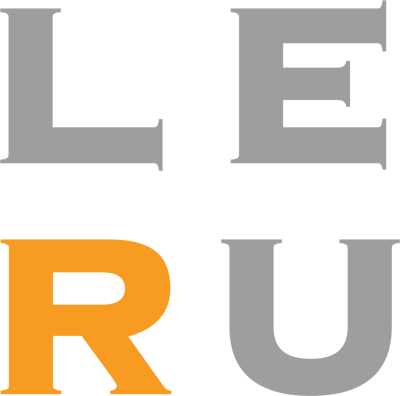In three articles published at the end of May 2024 in Nature, Nature Genetics and PNAS, Joseph Schacherer and his team “Intraspecific variation and genome evolution” of the Laboratory for Molecular Genetics, Genomics and Microbiology (GMGM – University of Strasbourg/CNRS), advance a little bit further into understanding the genetic origin of the variation in traits that can be observed within all natural populations.

Different traits can vary among individuals in a species, such as skin colour, size or even being prone to certain illnesses. “These differences are in part linked to the environment but more especially to the genotype expression, in other words one individual’s full set of genes. Our interest lies in this second aspect. For the time being, only a small proportion of the genetic part of most traits can be explained. The question therefore is to find out what is behind the part that is not explained, still known as missing heritability”, says Joseph Schacherer.
His work consists in identifying regions of the genome, or more specific genes or mutations which enable populations’ variations in traits to be explained. “This is true fundamental research where, ideally, it will be possible one day to predict this variation on the basis of genotypes, and thus be able to predict the risk of developing such and such an illness”, says Schacherer, who carries out his work on a model organism, the yeast Saccharomyces cerevisiae.
The accessory genome
In a first publication in Nature Genetics, Schacherer and his team concentrated on gene expression and the accessory genome. “In a population structure, a certain number of genes (the core genome) is preserved in all individuals. Another part, known as the accessory genome, varies from one individual to another.”
In this publication, the scientists studied the impact of the accessory genome on the variation in traits that can be observed in populations. “We found that the impact of the accessory genome was highly prominent in these variations, whereas it is very rarely taken into consideration.”
The role of proteins
In two other articles, published in collaboration with Markus Ralser’s team (Charité - Universitätsmedizin, Berlin) in PNAS and Nature, the researchers addressed the question of the regulation between gene expression and the formation of traits. This regulation takes place on two levels: the transcription into RNA and the translation of genes into proteins. “For example, among certain individuals, there can be a difference in the number of chromosomes, with certain supplementary chromosomes. This is particularly the case for trisomy 21 (Down’s syndrome). We noticed that that these extra chromosomes were regulated by the deterioration of proteins. Targeting the proteins would therefore have an impact on the regulation.”
Our work enables us to track very precisely what is important to look for in Man
The publication in PNAS focuses on the variation of two levels of expression (RNA and proteins) of a population. “It was very interesting to observe that these two levels of regulation show a weak correlation and consequently the genetic determinism of the abundance of RNAs and proteins is different”, says Joseph Schacherer, whose research lies in this subject. “Our work provides very specific pointers on important things to look at in humans”, he concludes.
Marion Riegert
This article was originally published in French : Un nouveau pas dans la compréhension de l’origine génétique de la variation des caractères (27/05/2024).
To find out more about the work of Joseph Schacherer, see also: Dans l’origine des levures de bière (The origins of yeast in beer) and Sur la trace des levures hybrides (On the path of hybrid yeasts).















